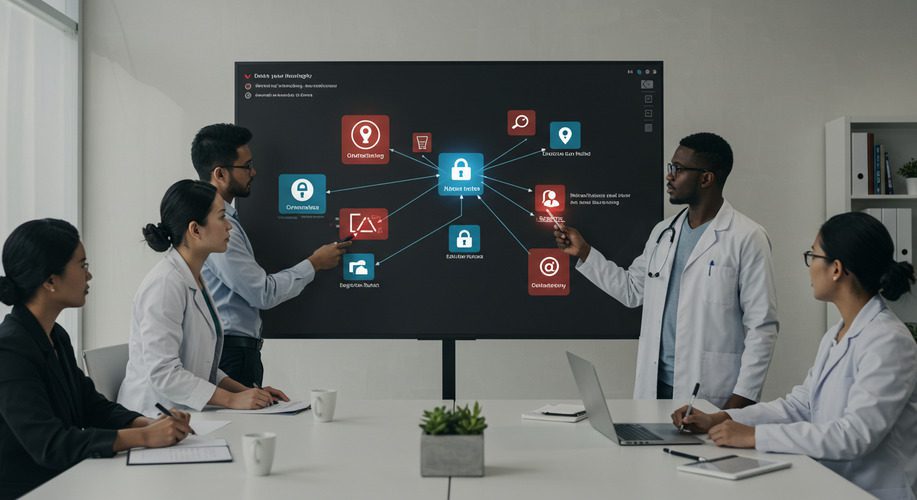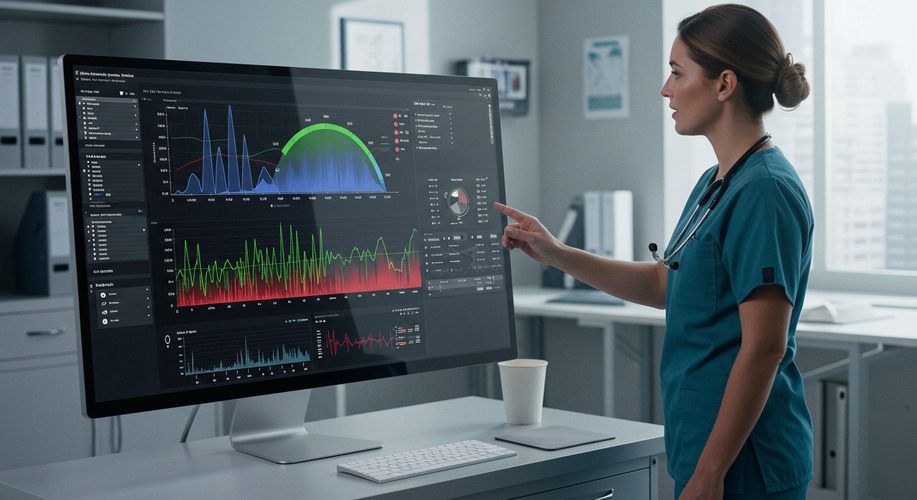
Article
Managing Emerging Risks in SaMD: Strategies for 2025 and Beyond
This post was previously on the Pathfinder Software site. Pathfinder Software changed its name to Orthogonal in 2016. Read more.
Tom Schady is the Director of Engineering and Quality at Orthogonal, a Chicago-based software consulting firm specializing in the development of medical software. In addition to running the day-to-day operations of his department, Schady is also responsible for ensuring FDA compliance in the company’s product development process. His expertise in FDA compliance in the medical technology industry made him a perfect panelist on the Regulatory Panel at the recent MMA Roadshow in Chicago, sponsored by MRCH and the mHealth Regulatory Commission. The main purpose of this “roadshow,” which has a few more stops, is to discuss the newly released FDA guidance document on Mobile Medical Applications which clarifies the FDA’s regulatory approach to apps.
The panel, which included Jeme Wallace of GE Healthcare IT and Matt Pipke of VGBio, was well attended by a variety of audience members from startups to experienced developers. Panelists took questions that really helped shed some light on the often misunderstood FDA regulatory process. Schady tried to steer the audience toward embracing the FDA process early, especially for startups new to the regulated environment.
Additionally, Schady’s experience with submitting Apps through the FDA 510(k) process allowed him to share some techniques and strategies for product submission, as well as offer tips on how to apply modern best practices in software engineering to a system of regulations that often pre-dates the technology. One point that he repeatedly stressed to attendees was that people new to this space should seek out experienced regulatory and quality advice at the beginning of a project.
Key Takeaways from the MMA Roadshow:
Embrace FDA regulations. If you’re going to play in this space, you can’t fight it – so embrace it and move on. Understanding and incorporating FDA requirements from the onset will make the development, design and launch of your product much faster, and can be a competitive advantage.
Getting advice, being prepared and understanding and embracing FDA regulations are the keys to successfully navigating the FDA process – and ultimately receiving FDA approval.
Related Posts

Article
Managing Emerging Risks in SaMD: Strategies for 2025 and Beyond

Article
Emerging Opportunities in SaMD and MedTech for 2025

Article
Creating a Risk-Based Approach for SaMD Development

Article
The Role of Predictive Analytics in SaMD for Proactive Healthcare